以下是留学360给大家分享的AP课程微观经济学名词解释,希望对各位有所帮助。
Please highlight critical terms;
=not important for exam but you should know
Chapter Eight Public sector
Externality -when a decision imposes a cost (negative externality) or imparts a benefit (positive externality) to people not involved in the decision making. Public Goods- goods for which the consumption by one person does not exhaust the amount available for others, and for which prevention of consumption is difficult
social cost-those costs which are incurred by the public,. Polluted waterways; those are costs not captured by the market
social benefits-those benefits which are realized by the public or outside the buyer/seller exchange
pure Private Good a good that has exclusion and distributive characteristics
Technological efficiency-the identification of those inputs that have the greatest effect on output per $ of input expenditure
Pareto Efficiency-the optimal point(efficient point) for society when any further improvement for some comes at the expense of others
Quasi-Public Goods-goods which have some limited private good characteristics such as congestible public goods and price-excludable public goods
Market failure-occurs when resources are not allocated optimally. It may result from: externality, imperfect completion, public goods, imperfect information;
Imperfect information-buyers and/or sellers do not have full knowledge about available markets,prices,products,customers,suppliers and so forth.
Nonrival-one person’s consumption of that good does not affect its consumption by others
Nonexcludable-goods cannot be held back from those who desire access.
Poverty line-the official benchmark of poverty
Progressive tax-the government receives a larger percentage of revenue from families with larger incomes
Regressive tax-collects a larger percentage of revenue from families with smaller incomes
Proportional tax-collects the same percentage of income from all families
Social security-program provides cash benefits and health insure to retired and disabled workers and their families
Public Assistance-welfare typically provides temporary assistance to the very poor
Supplemental Security Income-assists very poor elderly individuals who have virtually no assets and little or no social security entitlement
Unemployment compensation-provides temporary assistance to unemployed workers
Medicaid provides health and hospitalization benefits to the poor
Food stamp/Public Housing-programs provide food and shelter for the poor









 大马U.S.News排名
大马U.S.News排名 2022大马QS排名
2022大马QS排名 马来西亚QS亚洲排名
马来西亚QS亚洲排名 高考后留学美国
高考后留学美国
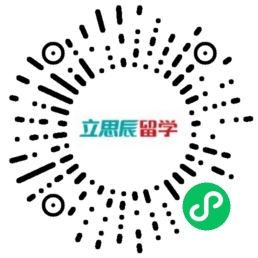
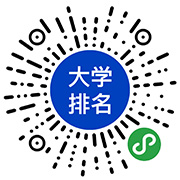
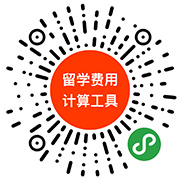
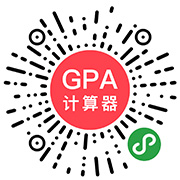
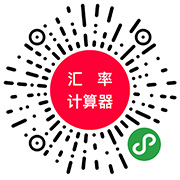
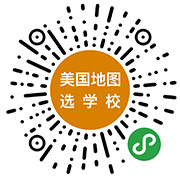
 香港大学
香港大学 香港中文大学
香港中文大学 香港科技大学
香港科技大学 香港理工大学
香港理工大学 香港城市大学
香港城市大学 香港浸会大学
香港浸会大学

